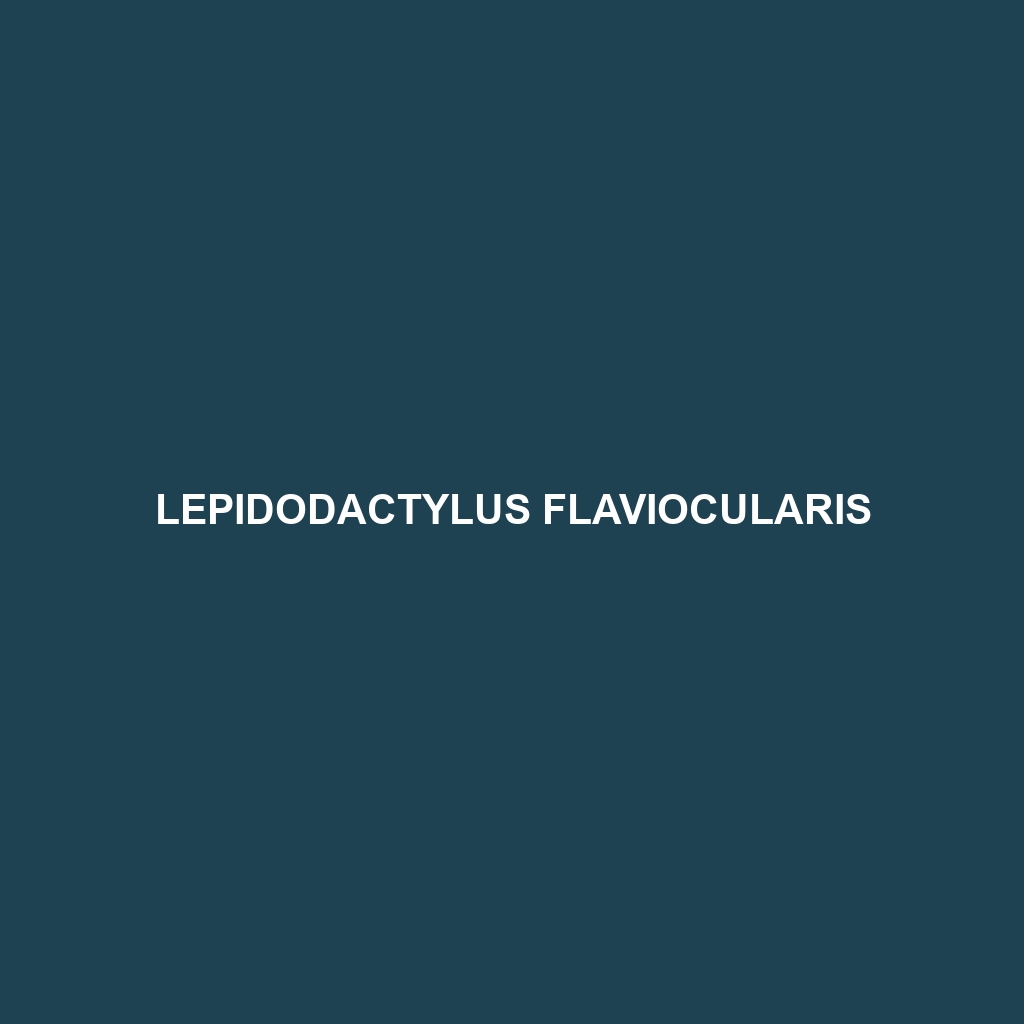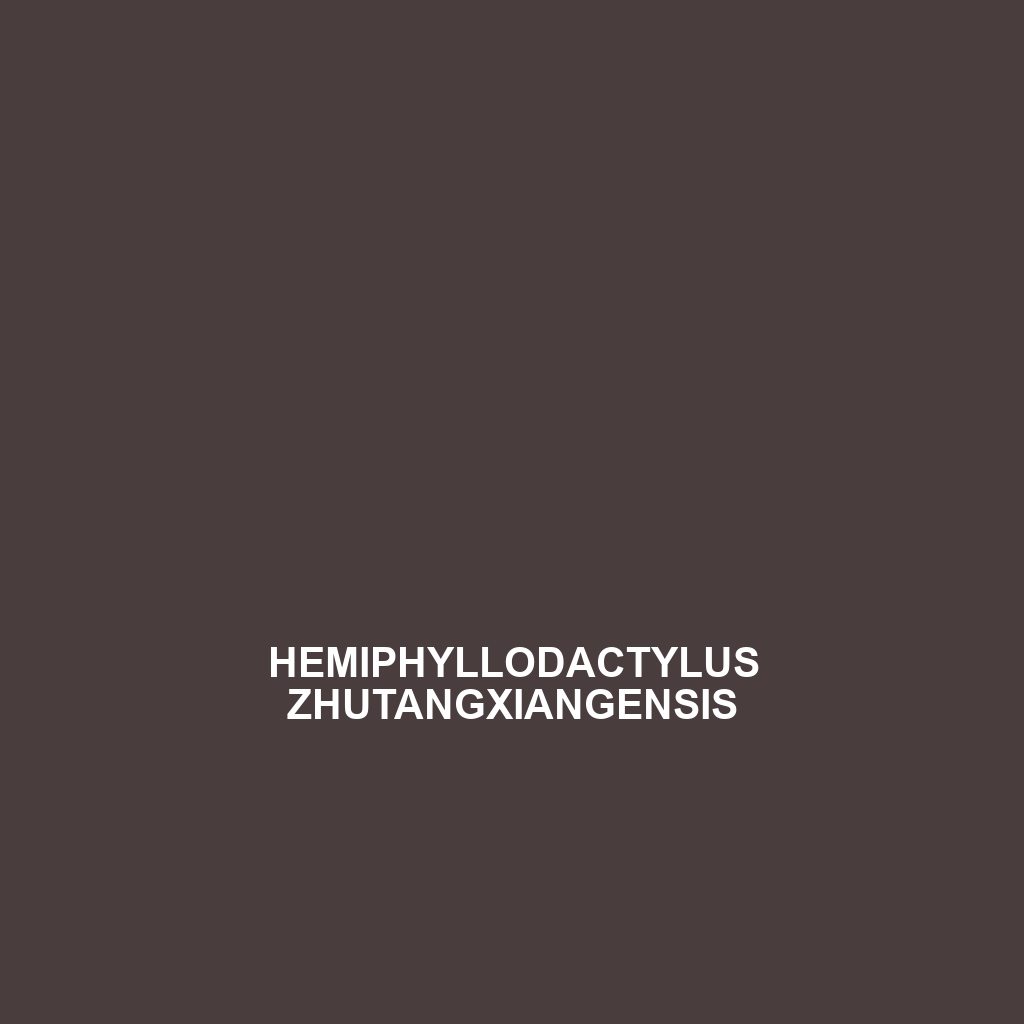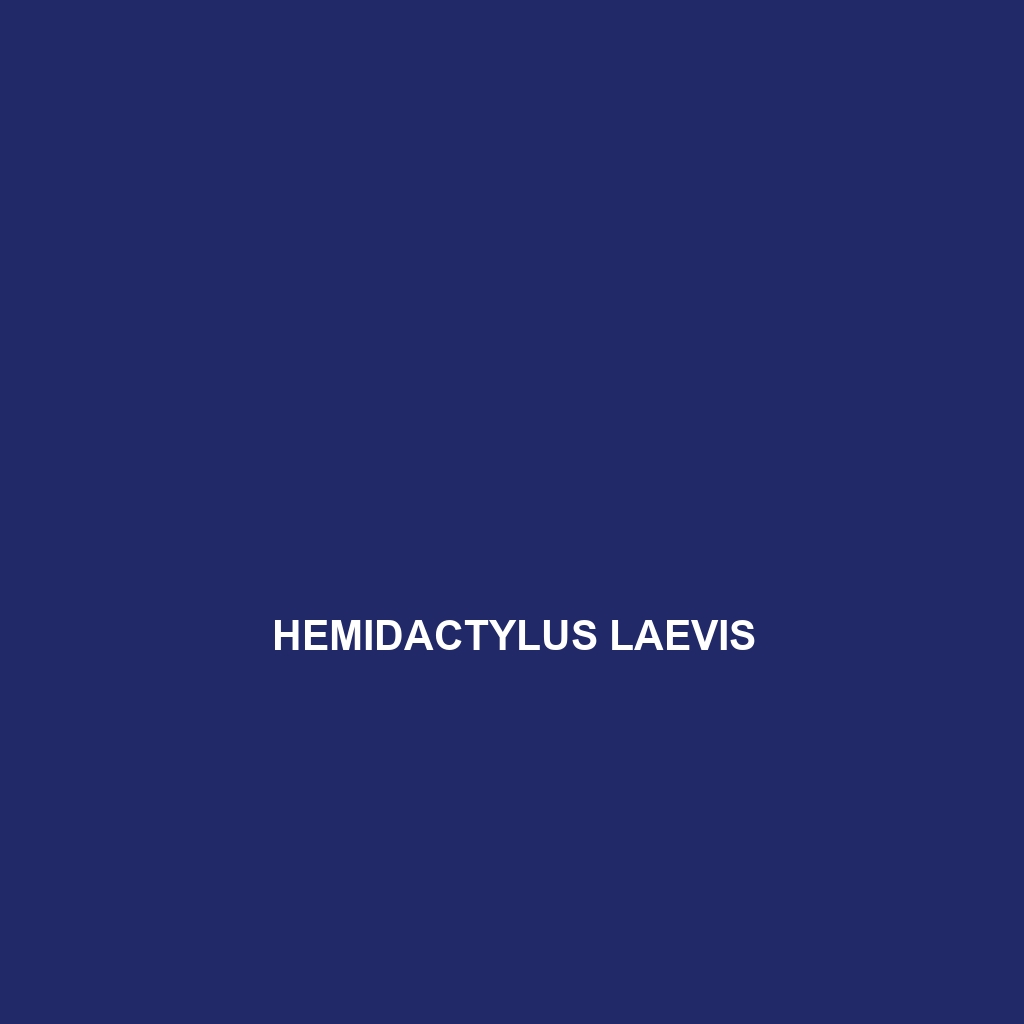Discover the vibrant yellow-eyed gecko, or <b>Lepidodactylus flaviocularis</b>, a nocturnal insectivore native to the lush rainforests of the Pacific Islands, known for its striking yellow-green coloration, remarkable climbing abilities, and significant role in maintaining ecological balance. This resilient species thrives in warm, humid climates, making it a fascinating addition to any exotic collection.
Tag: tropical gecko species
Hemiphyllodactylus zhutangxiangensis
Discover the unique Hemiphyllodactylus zhutangxiangensis, a small to medium-sized gecko native to the rainforests of southern China, known for its striking camouflage, nocturnal behavior, and insectivorous diet. This vulnerable species plays a vital role in its ecosystem by controlling insect populations and serving as prey for larger predators.
Hemiphyllodactylus harterti
<b>Hemiphyllodactylus harterti</b> is a small to medium-sized gecko, measuring 5 to 10 cm, found in the humid rainforests of Southeast Asia, known for its distinctive coloration and specialized toe pads for climbing. This nocturnal insectivore plays a vital role in the ecosystem by regulating insect populations while its unique adaptive behaviors, such as color changing for camouflage, enhance its survival.
Hemiphyllodactylus bintik
Common Name Hemiphyllodactylus bintik Scientific Name Hemiphyllodactylus bintik Habitat Hemiphyllodactylus bintik is primarily found in the lush rainforests of Southeast Asia, particularly in regions characterized by high humidity and tropical climates. The species thrives in arboreal environments, often dwelling among the branches and foliage of trees. These habitats provide the necessary microclimates that are essential […]
Hemidactylus whitakeri
<b>Hemidactylus whitakeri</b>, or Whitaker's gecko, is a medium-sized, nocturnal lizard found in the moist, tropical environments of South and Southeast Asia. Known for its flattened body, remarkable climbing abilities, and dynamic insectivorous diet, this adaptable species plays a vital role in regulating insect populations and maintaining ecological balance.
Hemidactylus stejnegeri
<b>Hemidactylus stejnegeri</b>, or Stejneger's House Gecko, is a nocturnal insectivore found in tropical and urban habitats across Southeast Asia, known for its striking large eyes, adhesive toe pads, and remarkable climbing ability. Typically measuring 10 to 15 cm, this adaptable species plays a key role in controlling insect populations while displaying unique social behaviors and vocalizations.
Hemidactylus paucifasciatus
The Hemidactylus paucifasciatus, or few-barred gecko, is a nocturnal insectivore measuring 10 to 12 cm in length, with smooth light brown or gray skin featuring horizontal bands. Found in tropical regions like Indonesia and Malaysia, this adaptable gecko plays a vital role in controlling insect populations and exhibits unique behaviors, including camouflage and vocal communication during mating.
Hemidactylus multisulcatus
Discover the Hemidactylus multisulcatus, or multi-sulcated gecko, a medium-sized, nocturnal reptile known for its unique multi-sulcated skin texture and vibrant nocturnal hunting behaviors. Primarily inhabiting tropical and subtropical environments, this adaptable gecko thrives on a diet of insects and plays a crucial role in maintaining ecological balance.
Hemidactylus lopezjuradoi
Discover the fascinating Hemidactylus lopezjuradoi, a nocturnal gecko native to tropical rainforests and savannas, known for its robust body, large adhesive toe pads for climbing, and vital role in controlling insect populations. With a diet primarily of insects, this adaptable species showcases remarkable versatility by thriving in both natural habitats and urban environments.
Hemidactylus laevis
<p>The <b>Hemidactylus laevis</b>, known as the smooth-faced gecko, is a nocturnal insectivore thriving in tropical rainforests and urban areas. With a slender body, smooth skin, and remarkable climbing abilities, this adaptable species plays a vital role in controlling insect populations and maintaining ecological balance.</p>









